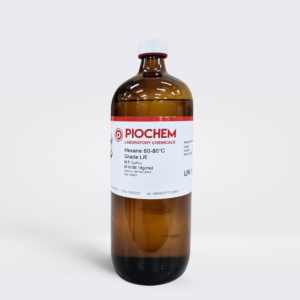Acetone is a colorless, flammable liquid with a characteristic sweet odor. It is also known as propanone or dimethyl ketone. It is the simplest and most important of the aliphatic ketones. It is miscible with water and most organic solvents.
It is a versatile solvent that is used in a wide variety of applications, including:
- Nail polish remover
- Paint thinner
- Adhesive remover
- Solvent for cleaning electronic components
- In the manufacture of plastics, fibers, and pharmaceuticals
- As a reagent in organic chemistry
It is a relatively safe chemical, but it can be harmful if inhaled, swallowed, or absorbed through the skin. It can also cause eye irritation and burns.
Here are some safety precautions to take when working with acetone:
- Wear gloves, eye protection, and a lab coat when working with acetone.
- Avoid contact with skin and eyes.
- If contact with skin or eyes occurs, flush with water for at least 15 minutes.
- Do not ingest acetone.
- Keep it away from heat and flames.
- Store acetone in a cool, dark place.
If you have any questions about the safety of acetone, you should consult the Material Safety Data Sheet (MSDS). The MSDS can be found on the manufacturer’s website or from a local chemical supplier.
Here are some additional information about acetone:
- Appearance: Clear, colorless liquid
- Odor: Sweet, characteristic odor
- Boiling point: 56.2°C
- Density: 0.79 g/cm³
- Flash point: -20°C
- Vapor pressure: 22.3 hPa at 20°C
- Hazards: Flammable, harmful if inhaled, swallowed, or absorbed through the skin
- Uses: Nail polish remover, paint thinner, adhesive remover, solvent for cleaning electronic components, manufacture of plastics, fibers, and pharmaceuticals, reagent in organic chemistry





Seif –
It is very good